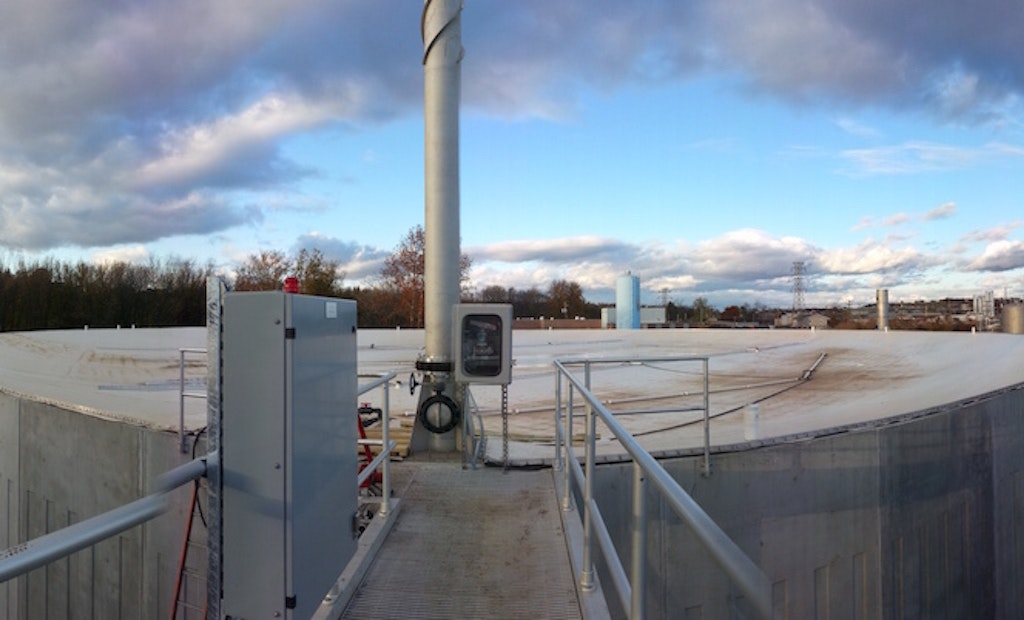Interested in Tanks?
Get Tanks articles, news and videos right in your inbox! Sign up now.
Tanks + Get Alerts
The customer:
The municipally owned Milton Regional Sewer Authority (MRSA) serves many residential customers in Northumberland County, Pennsylvania. It also treats wastewater from ConAgra Foods, the food giant that produces Chef Boyardee, Healthy Choice, Andy Capp, LaChoy, and Gulden’s Mustard products. The original Milton wastewater treatment plant was upgraded in 1975 and the MRSA recently invested in another plant upgrade dubbed the Wastewater to Energy project.
The customer’s needs:
Like many municipal wastewater plants — especially those that service industrial clients — the MRSA requires large quantities of energy. The plant was spending more than $360,000 each year on electricity, a price that was expected to rise by 20 to 40 percent when Pennsylvania deregulated the energy industry. The MRSA wanted a cost-effective solution to help combat rising energy costs, and it knew that biogas produced during anaerobic wastewater treatment could help the authority consume less energy and save more money. It just needed the right type of cover to capture the gas.
.jpeg) The solution:
The solution:
The MRSA evaluated a number of cover options and selected Geomembrane Technologies Inc. (GTI) to custom design and install two gas collection covers. Pilot testing proved that the incoming ConAgra wastewater could generate a biogas containing approximately 75 percent methane. The GTI covers capture this valuable biogas so that it can be used in an electrical generation system at the plant. Approximately 6 cubic feet of biogas is produced per pound of chemical oxygen demand removed from the influent wastewater.
The results:
The MRSA’s choice to install the GTI covers as part of its wastewater treatment plant upgrade has resulted in significant operational and maintenance savings. Based on the results of the pilot test and estimates of anticipated future ConAgra flows, electrical generating equipment will be capable of producing between 600 kW and 1,300 kW of electricity using the biogas produced from treating the wastewater.
The electricity will be used to power the treatment process and the heat will be used to dry the remaining biosolids, which will be either sold as a soil amendment or fertilizer, or used as a renewable fuel at a nearby cogeneration plant. Overall energy consumption at the plant is expected to be reduced by approximately 30 percent. The MRSA will eliminate more than $300,000 in annual electricity costs and can potentially earn revenue by selling the excess electricity to the local utility.
GTI’s custom covers for the MRSA have greatly contributed to the MRSA’s Wastewater to Energy project. Not only is the authority saving on energy costs, but it is also helping save the environment. Thanks to the creation of renewable energy from its wastewater, the MRSA has reduced its reliance on fossil fuels, as well as reduced carbon dioxide emissions. The covers also help contain foul odors that naturally occur from wastewater treatment.
For more information, visit www.gticovers.com, contact covers@gticovers.com or call 506/452-7304.






